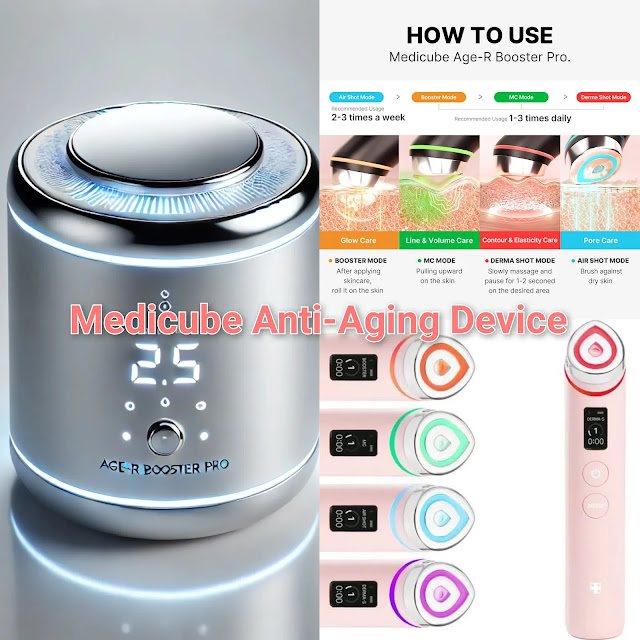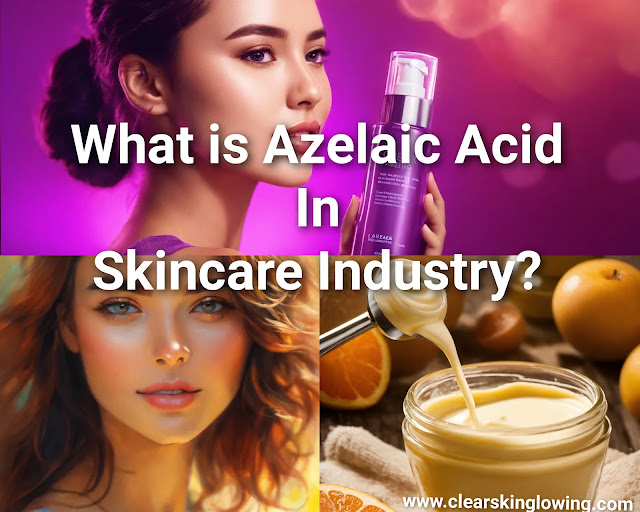Understanding and Treating Hyperpigmentation:
Expert Insights
Welcome back to Dr. Lee, where we dive into skincare and dermatology. Today’s addresses a highly requested topic: treating hyperpigmentation, melasma, and dark spots. This comprehensive guide will cover the causes, treatment options, and effective routines for managing these skin concerns.
What Are Dark Spots?
Dark spots come in several types:
- Melasma: Characterized by mottled patches of hyperpigmentation.
- Post-Inflammatory Hyperpigmentation: Dark spots that appear after acne or skin injury.
- Solar Lentigos: Commonly known as sun spots or age spots.
- Freckles: Small, pigmented spots resulting from genetic factors.
This discussion will focus on flat, non-textured dark spots, as raised spots require different treatments that don’t respond to topical solutions.
Causes of Dark Spots
- Sun Exposure: Sunlight stimulates melanocytes, the pigment-producing cells, to produce excess melanin.
- Hormones: Hormonal changes can trigger conditions like melasma.
- Inflammation: Inflammation causes melanocytes to release more melanin into the skin.
On a molecular level, dark spots are formed through:
- Pigment Production: Melanocytes create pigment using the enzyme tyrosinase.
- Pigment Transfer: The pigment is then transferred to skin cells.
- Pigment Deposition: Finally, the pigment deposits in the skin cells, which can either be shed or persist.
Treatment Pyramid for Dark Spots
To treat hyperpigmentation effectively, we introduce a new approach: the hyperpigmentation treatment pyramid. This structured method helps prioritize treatment strategies for managing dark spots.
- Basic Treatments: Start with foundational treatments that include gentle exfoliation and daily use of broad-spectrum sunscreen.
- Intermediate Treatments: Incorporate ingredients like vitamin C and niacinamide that target pigmentation and support skin health.
- Advanced Treatments: Use more potent treatments like prescription-strength retinoids and chemical peels for persistent spots.
Both Dr. Maxfield and Dr. Shaw emphasize the importance of consistency and patience in treating hyperpigmentation. By following this structured routine, you can achieve a clearer and more even complexion.
The Pyramid of Hyperpigmentation Treatment
Let’s delve into the details of our hyperpigmentation treatment pyramid. This pyramid is crucial for effectively managing dark spots, with the foundation being the most critical part.
1. Foundation of the Pyramid: Sunscreen
The base of the pyramid is using sunscreen. Specifically, opt for a tinted sunscreen with at least SPF 30. This step is vital as it protects your skin from both UV and visible light. Without this foundation, other treatments won't be as effective. Tinted sunscreens are especially beneficial for those with darker skin tones and hyperpigmentation, as they offer additional protection against light-induced pigment production.
2. Topical Treatments
Once you have your sunscreen in place, the next step involves topical treatments. These can be divided into over-the-counter products and prescription options. Effective treatments target the three main processes involved in hyperpigmentation:
Pigment Production: The creation of pigment in the skin, involving the enzyme tyrosinase.
Pigment Transfer: The movement of pigment into skin cells.
Pigment Deposition: The accumulation of pigment in the skin cells.
Key Ingredients for Treating Hyperpigmentation
Inhibiting Pigment Production:
- Hydroquinone (prescription only)
- Retinoids (including retinoic acid and retinol)
- Arbutin
- Licorice Root
- Kojic Acid
- Vitamin C (Ascorbic Acid)
- Niacinamide
- Azelaic Acid
- Mulberry Extract
- Green Tea Extract
- Glutathione
Targeting Pigment Transfer:
- Retinoids
- Niacinamide
- Soy Extract
Removing Deposited Pigment:
- Retinoids
- Exfoliants (including alpha hydroxy acids and salicylic acid)
4. Additional Treatments:
- Tranexamic Acid: Helps block pigment production through a different mechanism.
For a comprehensive approach, your treatment routine should address all three steps: pigment production, transfer, and deposition. By targeting each stage, you can effectively reduce and manage hyperpigmentation.
A high-end option for dark spots is the Glow Maker, which combines vitamin C with functional antioxidants. If you have acne-prone skin, the L'Oreal Paris serum with salicylic acid is exceptionally well-formulated. Despite containing fragrance, it's a great ingredient and product. Vitamin C is effective but doesn't suit everyone. For a gentler alternative, consider niacinamide. First Aid Beauty's Dark Spot Facial Radiance Serum contains 5% niacinamide and licorice root, which help with pigment formation and transfer.
Now, moving on to sunscreen: non-tinted sunscreens work for many, but tinted sunscreens might be optimal for some. I recommend the La Roche-Posay Anthelios Mineral Tinted Sunscreen. It's a bit heavier but sits nicely on the skin and is effective and accessible. Sunscreen is crucial; without it, other treatments may not be effective. I also like the ALAMD UV Clear Tinted and UV Restore Tinted sunscreens, which contain niacinamide.
In the evening routine, cleanse your face with a gentle cleanser to remove makeup and sunscreen. For dark spot treatment, pair a retinoid with dark spot ingredients. For beginners, I suggest the CeraVe Resurfacing Retinol Serum, which is budget-friendly and uses encapsulated retinol for slow release. Use it nightly, except on Sundays when you should exfoliate to help remove pigment. For exfoliation, try Paula's Choice 6% Mandelic Acid 2% Lactic Acid—gentle but effective.
If you're more advanced, you might use a standalone retinoid like tretinoin. Pair it with a dark spot treatment. A good option is the May love Fade Away Green Serum, which includes alpha arbutin, kojic acid, licorice root, and turmeric.
Simplifying your routine with an all-in-one product can be effective.
For prescription options, consider tretinoin and hydroquinone. Hydroquinone is a gold standard for inhibiting pigment production but can cause exogenous ochronosis if used excessively. Transitioning from prescription hydroquinone to over-the-counter products requires caution, especially with alpha arbutin, which also contains hydroquinone.
In your nighttime routine, use a simple moisturizer to prevent irritation. Choose a moisturizer appropriate for your skin type—SVPM for oily skin and SkinCeuticals Triple Lipid Peptide for dry skin. The goal is to protect and hydrate your skin while minimizing irritation from active ingredients.
For a detailed routine, download our free handouts below, including the dark spot pyramid and cheat sheet. Sign up for the waitlist to be the first to try our new dark spot treatment.
I categorize each and every product and its uses.
Glow Maker
- Description: Combines vitamin C with functional antioxidants.
- Target Users: General use for improving skin glow.
L'Oreal Paris Serum with Salicylic Acid
- Description: Exceptionally well-formulated for acne-prone skin.
- Note: Contains fragrance, but still effective.
First Aid Beauty Dark Spot Facial Radiance Serum
- Description: Contains 5% niacinamide and licorice root.
- Benefits: Helps with pigment formation and transfer.
La Roche-Posay Anthelios Mineral Tinted Sunscreen
- Description: Mineral sunscreen with a tint.
- Benefits: Effective, sits nicely on the skin, accessible.
ALAMD UV Clear Tinted Sunscreen
- Description: Contains niacinamide.
- Benefits: Good for hyperpigmentation.
CeraVe Resurfacing Retinol Serum
- Description: Budget-friendly, uses encapsulated retinol.
- Usage: Apply nightly, except for exfoliation days.
Paula's Choice 6% Mandelic Acid 2% Lactic Acid
- Description: Gentle exfoliant.
- Usage: Use on Sundays for exfoliation, not on the same night as retinol.
Maylove Fade Away Green Serum
- Description: Includes alpha arbutin, kojic acid, licorice root, and turmeric.
- Benefits: Targets dark spots effectively.
Upcoming Dark Spot Treatment
- Description: Includes retinol, mandelic acid, kojic acid, glutathione, licorice root, tranexamic acid, niacinamide, and more.
- Benefits: Targets multiple steps causing dark spots, all-in-one treatment.
Tretinoin
- Description: Prescription retinoid.
- Usage: For advanced users, as part of a nighttime routine.
Hydroquinone
- Description: Gold standard for inhibiting pigment production.
- Usage: Use with caution to avoid exogenous ochronosis.
SVPM Moisturizer
- Description: Suitable for oily skin.
- Usage: Use at night to protect and hydrate.
SkinCeuticals Triple Lipid Peptide
- Description: Suitable for dry skin.
- Usage: Use at night to protect and hydrate.





















.jpg)


Comments
Post a Comment